Feeling tired or fatigued is often a hallmark of low iron or hemoglobin levels, and can indicate — or lead to — more serious conditions. Hemoglobin levels are evaluated through a simple blood test that requires the withdrawal of blood – however, researchers have now found a way to make testing even simpler, and non-invasive, through the use of smartphone imaging.
Researchers have developed a technique to measure levels of hemoglobin in the blood vessels of an individual’s eyelids using images captured by a smartphone camera. This can provide an easy, convenient and more accessible way to perform a routine hemoglobin blood test without the need for drawing blood.
In this way, the new mobile health (mHealth) tool can reduce the need for clinic visits and allow for easy and timely monitoring of patients who have serious conditions. It can also improve care in low socioeconomic communities and countries where there are often barriers to accessing testing laboratories even for the most life-threatening conditions such as severe anemia or blood disorders like sickle cell anemia.
Researchers at Purdue University and the University of Indianapolis in Indiana, along with collaborators at Vanderbilt University School of Medicine in the US and Moi University School of Medicine in Kenya, have developed a way to use spectral super-resolution (SSR) spectroscopy to transform the built-in camera (RGB sensor) of a smartphone into a hyperspectral imager for accurate and precise blood hemoglobin analyses.
Related: Smart Contact Lenses That Can Diagnose and Treat Diabetes
Team leader of the research group, Dr. Young Kim from Purdue University, said in a statement that the “new mobile health approach paves the way for bedside or remote testing of blood hemoglobin levels for detecting anemia, acute kidney injury and hemorrhages, or for assessing blood disorders such as sickle cell anemia.” He added that “The COVID-19 pandemic has greatly increased awareness of the need for expanded mobile health and telemedicine services.”
The new technology was reported in a study published in the journal Optica, The Optical Society’s journal for high impact research.
Spectral Technology
Spectroscopic analysis is actually a common way to measure blood hemoglobin content because it has a characteristic light absorption spectrum, i.e. fingerprint, in the visible wavelength range. This type of analysis however, requires bulky and expensive optical equipment.
The new SSR spectroscopy technique uses software to virtually convert photos obtained with low-resolution tools, such as a smartphone camera, into high-resolution, detailed digital spectral signals using statistical learning. SSR images are then combined with a mobile application to “compute precise blood hemoglobin content without a priori personalized calibration,” according to the study report.
Personal calibrations are not needed because the inner eyelid is not impacted by skin color. In addition to this, the researchers chose the inner eyelid as a sensing site because the microvasculature is readily visible there, is accessible and has fairly even redness across (in accounting for spectral background interference).
To conduct a blood hemoglobin measurement with the new technique, a person simply has to pull down their inner eyelid to expose the small blood vessels underneath; a healthcare professional or trained individual then uses the smartphone app to take pictures of the eyelids. The SSR algorithm generates detailed spectral data from the images and another computational algorithm quantifies blood hemoglobin content through detection of its unique spectral features.
The second algorithm extracts spectral information onto a computer, however it could eventually be integrated into the mobile app, according to the researchers. The tool’s methodology has been described in a press release from The Optical Society.
The research team showed that SSR-based hemoglobin measurements made over a wide range of blood hemoglobin values demonstrated a high degree of accuracy and reliability.
Moreover, “given that SSR does not require additional hardware accessories, the mobility, simplicity and affordability of conventional smartphones support the idea that SSR blood hemoglobin measurements can be used as an mHealth tool,” stated the study.
Kim’s research group aims to develop healthcare technologies that are designed and tested in low- and middle-income countries where resources are limited. The designs are then tested in various healthcare applications in developed countries, including the US.
Testing
For this reason, a pilot clinical test of the new tool was conducted with 153 volunteers at the Moi University Teaching and Referral Hospital in Kenya. The researchers used data from a randomly selected group of 138 patients from among the volunteers to train the algorithm, and then tested the mobile health app with the remaining 15 volunteers.
Results from the evaluations showed that the smartphone health test could produce measurements that are comparable to traditional blood tests, with prediction errors for the mobile tool being within five to ten percent of those measured with laboratory testing.
The researchers are planning to conduct more studies and are currently working with the University of Rwanda and the Shrimad Rajchandra Hospital in India to use the mHealth tool to evaluate nutritional status, anemia and sickle cell disease in patients.
“This new technology could be very useful for detecting anemia, which is characterized by low levels of blood hemoglobin,” said Kim. “This is a major public health problem in developing countries, but can also be caused by cancer and cancer treatments.”
The mobile app is in fact now being tested among oncology patients at the Indiana University Simon Cancer Center.
“Combining the built-in sensors available in today’s smartphones with data-centric approaches can quicken the tempo of innovation and research translation in this area,” said Kim.
mHealth tools are a rapidly growing area in health technology innovations as they have the potential to revolutionize both quality of, and access to, care

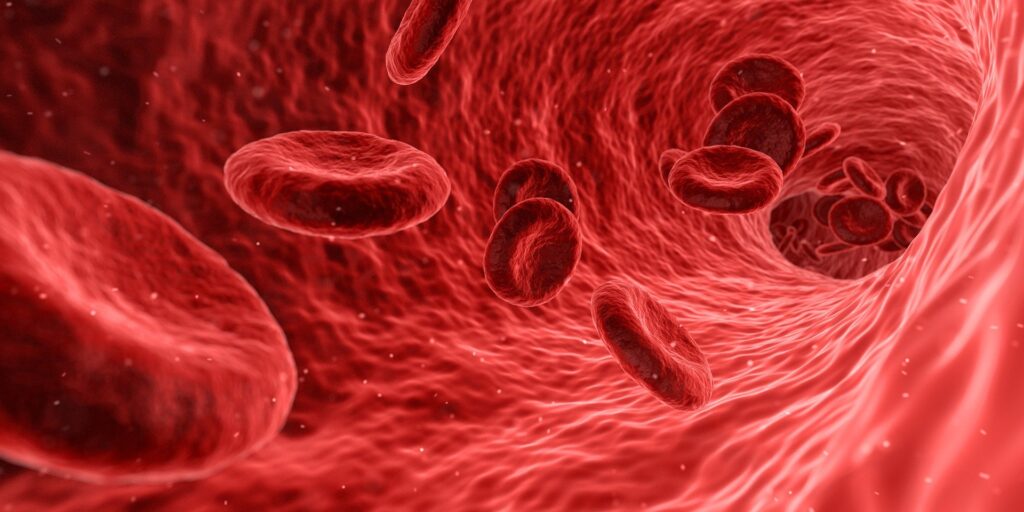

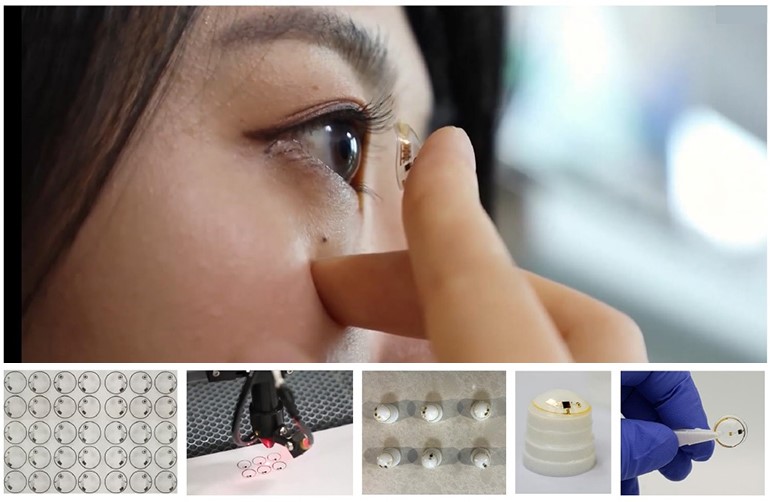
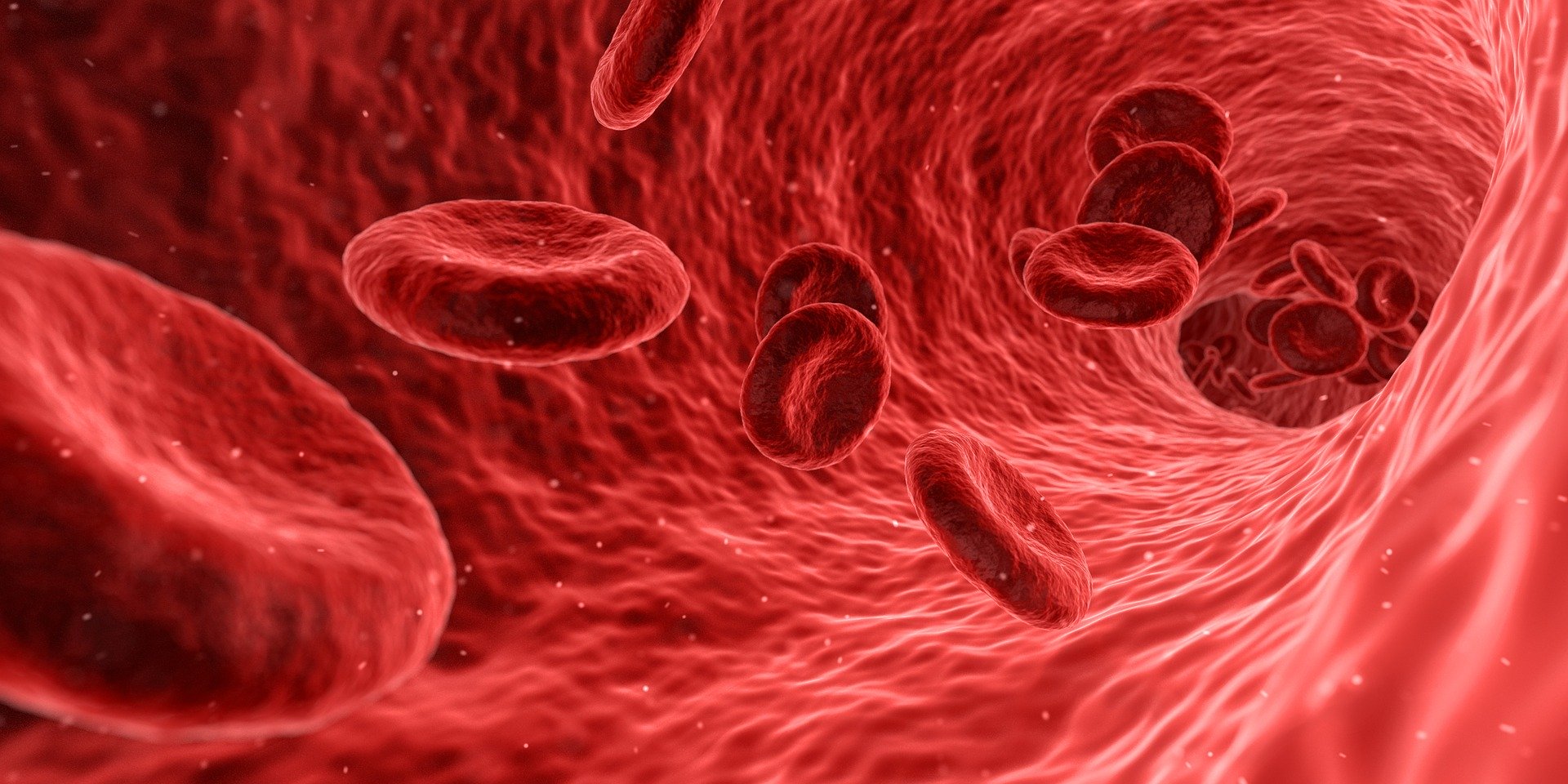
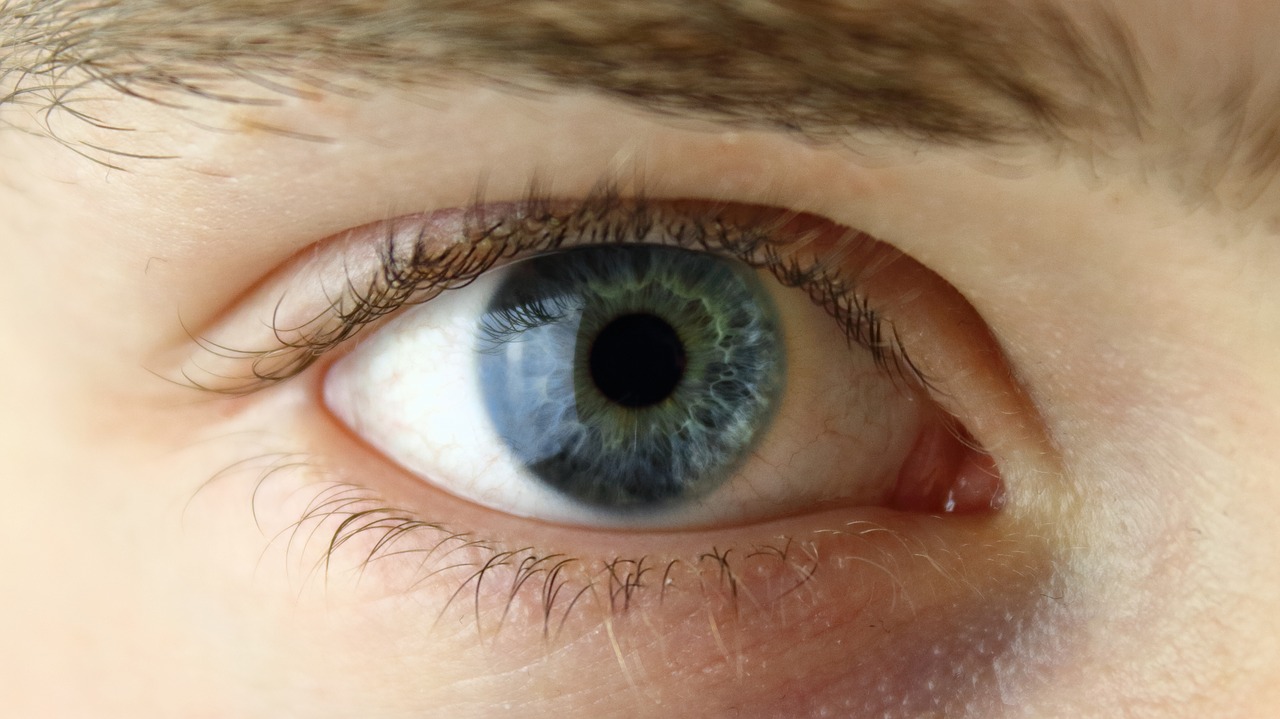
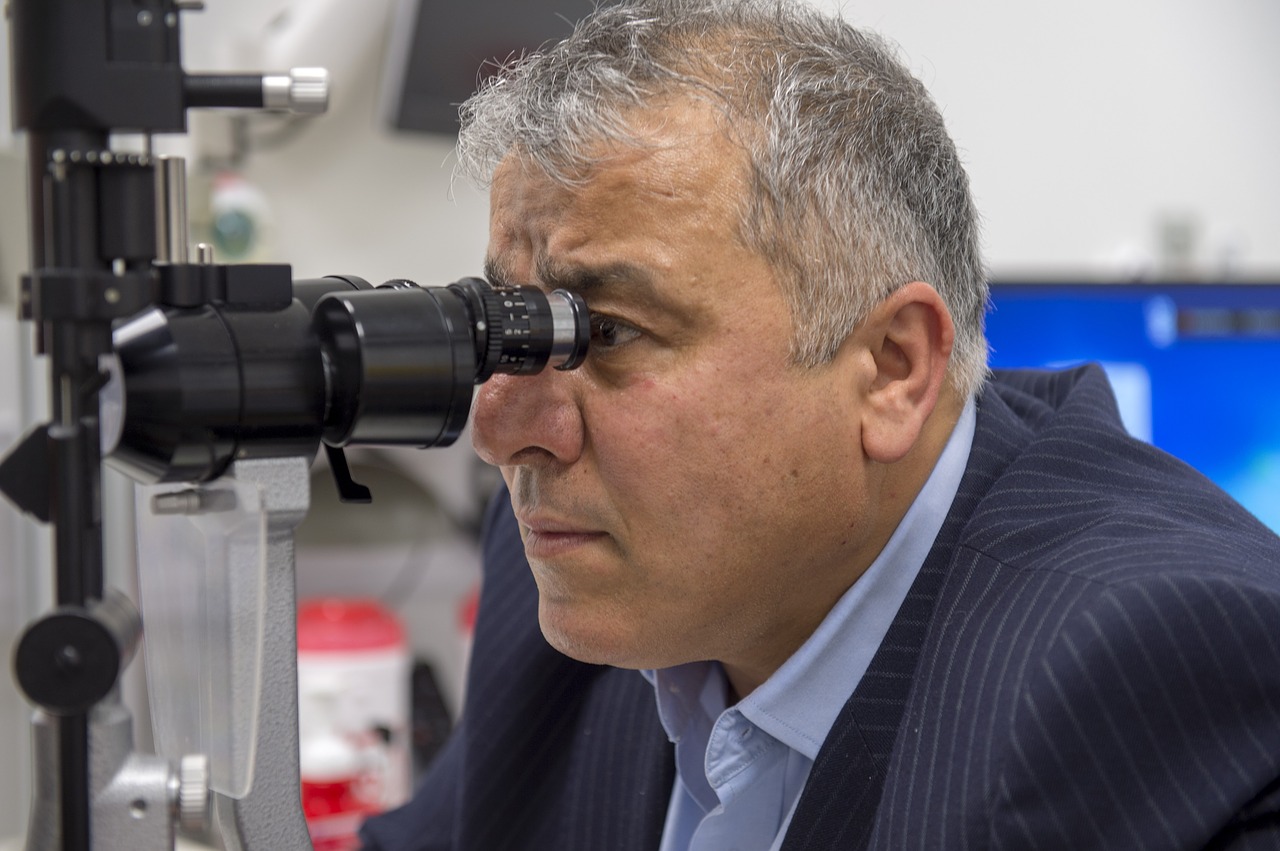





Join or login to leave a comment
JOIN LOGIN